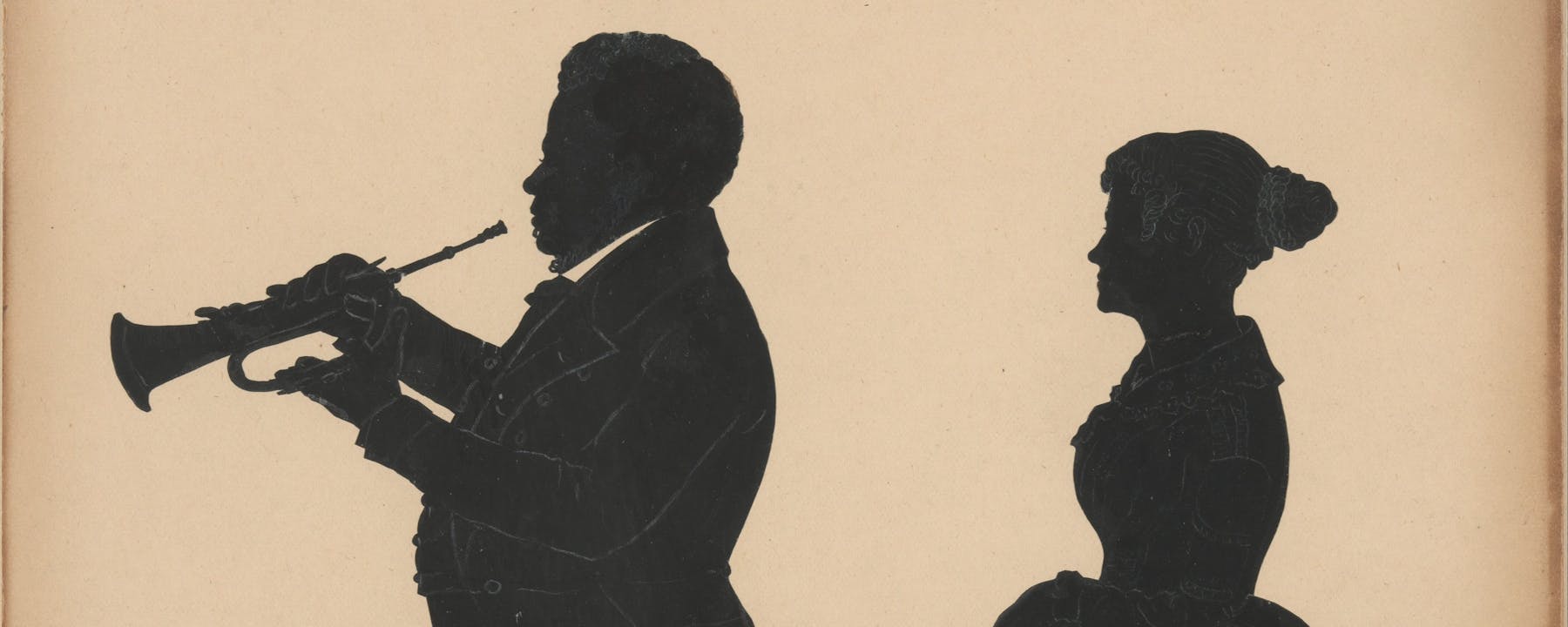
The Music of Francis Johnson: A Soundtrack to Antebellum Black Philadelphia
Learn more about Black composer and musician Francis Johnson, whose music was popular in the Revolutionary and Antebellum eras.
Francis Johnson’s music gave Philadelphia its rhythm in the early 1800s. Born in Philadelphia in 1792, Johnson became widely known as a talented fiddle player, performing for Black and white audiences. He was also a virtuoso on the keyed bugle, a small horn rarely played today but quite popular at the time. In 1818, Johnson became the first Black composer to have his compositions published as sheet music. When the Marquis de Lafayette visited Philadelphia in 1824, Johnson and his band were the featured act at the “grand ball” held in the Frenchman’s honor.
Johnson composed dozens of marches for public parades and cotillions, or social dances, for people to play in their parlors when entertaining guests. Johnson and his band were so popular that they toured the United States and even traveled to England to celebrate Queen Victoria in 1837. He died in Philadelphia in 1844, but his music has lived on for generations.
A selection of Johnson’s music was featured in our special exhibition, Black Founders: The Forten Family of Philadelphia, open Feb. 11 through Nov. 26, 2023, as Johnson was a friend and neighbor of the Fortens. At a listening station in the exhibit, guests could hear historically informed performances of Johnson’s compositions using instruments from the early 1800s. These recordings replicate what Johnson’s music might have sounded like in the homes, concert halls, and streets of Philadelphia during Johnson’s lifetime.
Listen to the Music of Francis Johnson
The Jeremy Winston Chorale - Man of Colour
Man of Colour was written by Jeremy Winston from the words of James Forten (1766-1842) and his daughter, Sarah L. Forten (1814-1884), and inspired by the music of Francis “Frank” Johnson (1792-1844). The piece was commissioned by the Museum with support from Carole Haas Gravagno and The Pennsylvania Abolition Society. It debuted at the Museum on May 12, 2023, at an AmRev Presents event with The Jeremy Winston Chorale.
Featured Artists
Learn more about the artists who contributed to bringing Francis Johnson’s music to life in Black Founders: The Forten Family of Philadelphia.

B.E. Farrow
fiddle and acoustic bass guitarB.E. Farrow is a musician, educator, songwriter, and independent researcher who has a focus in reshaping and reflecting American's musical history through sharing stories, creative musical expression through popular/historic musical structures, and inclusive dialog. From touring with Grammy Award-winner Dom Flemons, giving talks at the Library Company of Philadelphia, running a music program in Greece with refugees, and currently touring with the Emmy Award-nominated Gangstagrass, Farrow forms a discipline in understanding the unspoken roots of music and exploring the impact of expression on cultural history.
Farrow was recorded in 2022 at Baker Sound Studio in Philadelphia. Farrow’s modern take on “The Grave of the Slave” is performed on acoustic bass guitar.

Steven Page
fortepianoSteven Page is a well-rounded musician who plays various styles of music. He has been playing piano since the age of 8. Steven has performed throughout the Philadelphia region for various churches, choirs, weddings, and events. He graduated from the Philadelphia High School for Creative and Performing Arts and is pursuing a degree in music from Temple University.
Page was recorded in 2022 performing on the 1808 Broadwood fortepiano at Laurel Hill Mansion, a historic house preserved by Women for Greater Philadelphia, Inc., in Philadelphia’s Fairmount Park.

Candace Nicole Potts
vocalsCandace Nicole Potts is a singer, songwriter, arranger, and teacher who regularly performs with the Jeremy Winston Chorale. She is a native of Baltimore, Maryland, and a proud graduate of Morgan State University where she received a Bachelor of Arts degree in music, with a concentration in vocal performance. Candace’s vocal abilities have taken her to national as well as international stages. Currently, she resides in Lansing, Michigan, where she is the newly appointed choir director of J.W. Sexton High School and Executive Director of Vocal studies for Transcendence Performing Arts Center, Gold Company. She wants to open the minds of future leaders, encouraging them to become all that they want to be and to dream big.
Potts, accompanied by Jeremy Winston on grand piano, was recorded in 2022 at MilkBoy the Studio in Philadelphia.
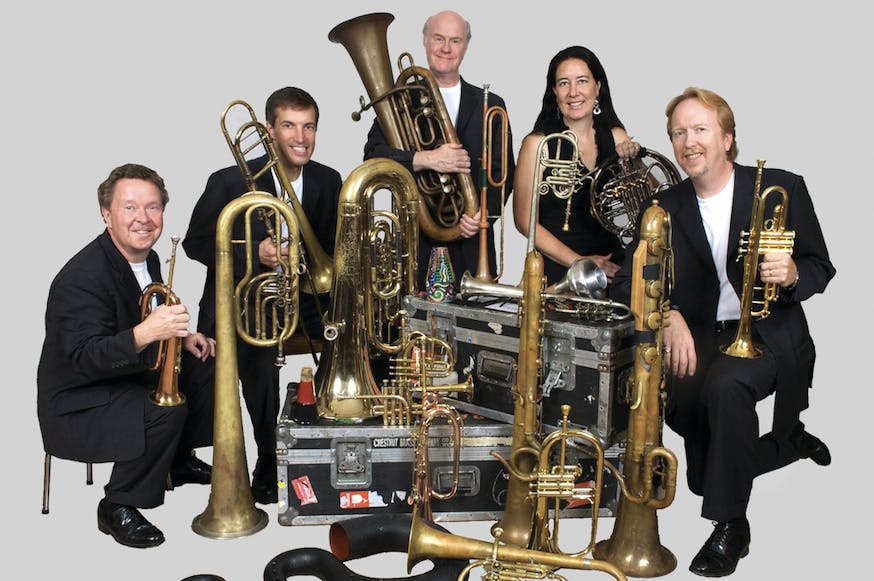
Chestnut Brass Company
brass bandThe Grammy Award-winning Chestnut Brass Company was founded in 1977 and has performed in all 50 states, as well as Europe, Central and South America, and Asia. The ensemble performs music for the modern brasses, including frequent commissions of new works, but have also been pioneers in the research and performance of earlier music on historic brass instruments. Of particular interest to the ensemble is American music from the Civil War and earlier. This interest, and their base in Philadelphia, led them to research the music of Francis Johnson and his contemporaries, and to record the first album with historical reconstructions of Johnson's famed band.
The Chestnut Brass Company’s recordings were selected from their 1990 album The Music of Francis Johnson & His Contemporaries: Early 19th Century Black Composers and have been used with permission.
Featured Artifacts
Take a closer look at artifacts that were displayed in Black Founders: The Forten Family of Philadelphia related to Francis Johnson and his music.
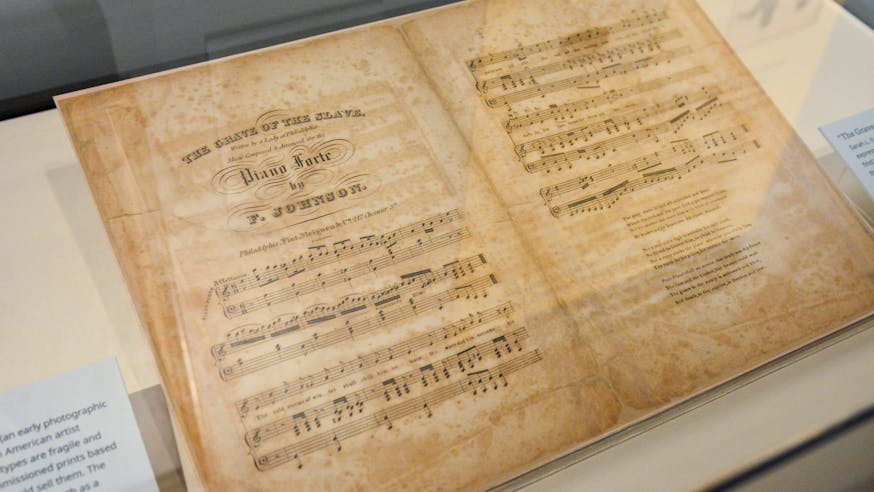
"The Grave of the Slave"
Sarah L. Forten wrote the mournful poem “The Grave of the Slave” to express how death was one of the only ways an enslaved person could find “freedom and rest” from slavery. The poem was first published in the abolitionist newspaper The Liberator in 1831 and Francis Johnson set it to music soon after. “The Grave of the Slave” became an anthem for the abolitionist cause.
“The Grave of the Slave”
Lyrics by Sarah L. Forten; Music by Francis Johnson; Published by Fiot, Meignen, & Co.
Philadelphia, Pennsylvania
ca. 1836
Paper, Ink
Free Library of Philadelphia, Sheet Music Collection
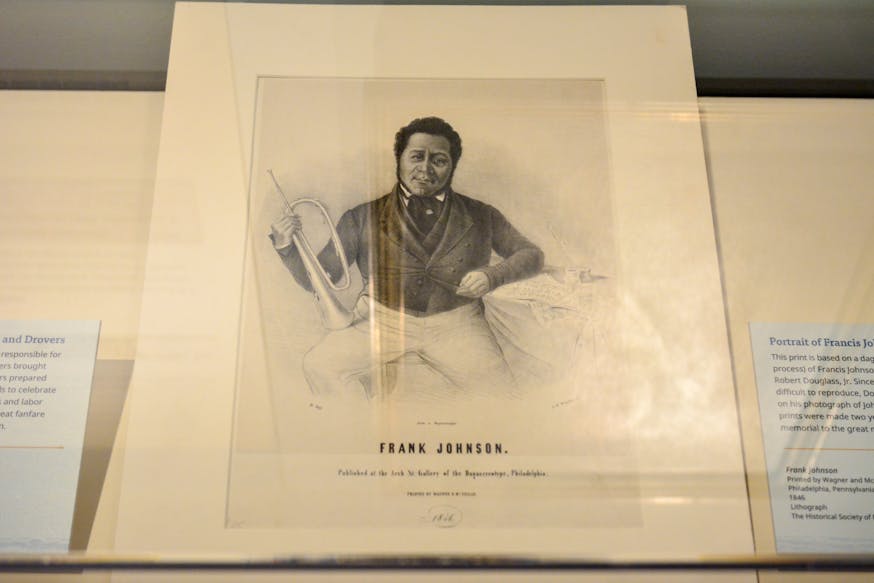
Portrait of Francis Johnson
This print is based on a daguerreotype — an early photographic process — of Francis Johnson by African American artist Robert Douglass Jr. Since daguerreotypes are fragile and difficult to reproduce, Douglass commissioned prints based on his photograph of Johnson so he could sell them. The prints were made two years after Johnson’s death as a memorial to the great musician and composer.
Frank Johnson
Printed by Wagner and McGuigan
Philadelphia, Pennsylvania
1846
Lithograph
The Historical Society of Pennsylvania
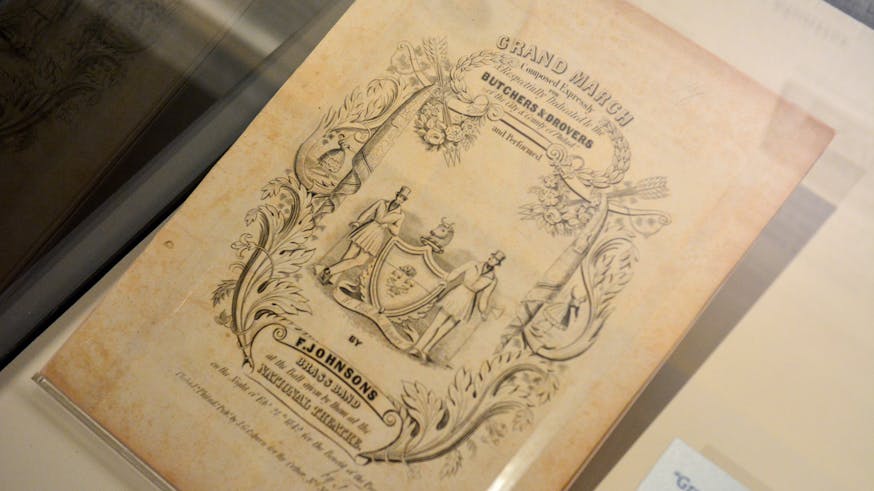
“Grand March” for Philadelphia’s Butchers and Drovers
Francis Johnson wrote this march to celebrate the men responsible for bringing fresh meat to the people of Philadelphia. Drovers brought livestock into the city from the countryside while butchers prepared the meat for sale. Johnson wrote marches for brass bands to celebrate various community organizations, such as fire companies and labor groups. Johnson’s own band performed his marches to great fanfare in Philadelphia and in other cities as they toured the nation.
“Grand March”
Composed by Francis Johnson; Published by J.G. Osbourne
Philadelphia, Pennsylvania
1842
Paper, Ink
The Historical Society of Pennsylvania
About the Exhibit
Black Founders: The Forten Family of Philadelphia explored the Forten family’s roles in the Revolutionary War, business in Philadelphia, and abolition and voting rights from 1776 to 1876.
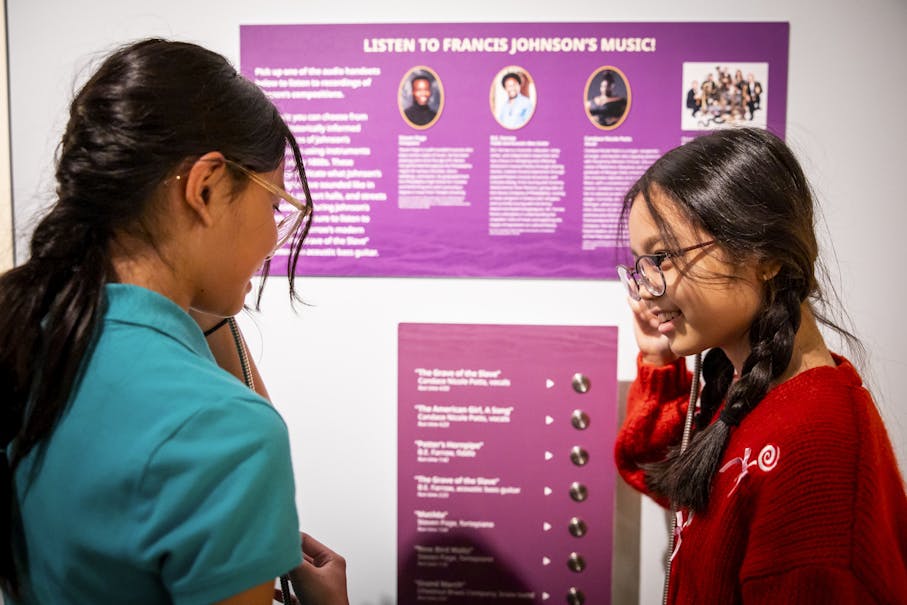
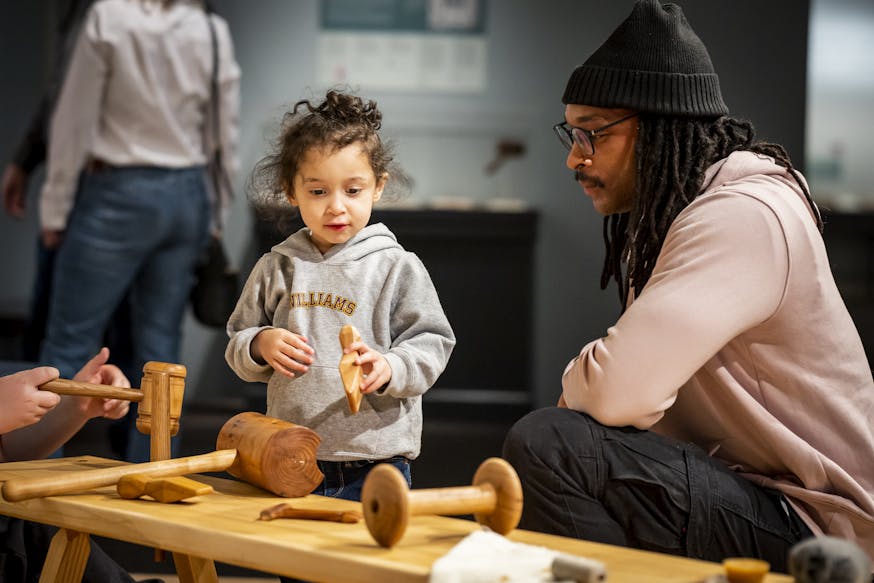
"… an essential American story"
Black Founders: The Forten Family of Philadelphia introduced visitors to Forten and his descendants as they navigated the American Revolution and cross-racial relationships in Philadelphia to become leaders in the abolition movement in the lead-up to the Civil War and the women's suffrage movement.
Exhibit Details